A Wining Cost Estimate
That Helps You To Win More Plumbing Construction Projects
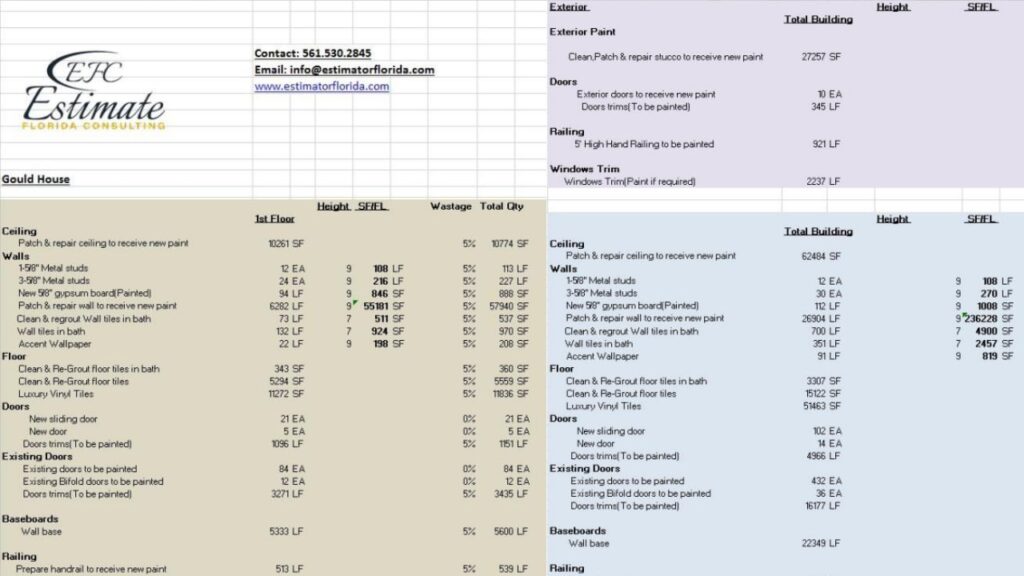
Plumbing Fixtures and Fittings are necessary for any construction project. They provide water, waste removal, and heating.
Having a comprehensive Plumbing Fixtures and Fittings Checklist ensures that everything is in order for installation, to prevent any complications or expenses.
Here are the six items that should be on the Introduction to Plumbing Fixtures and Fittings Checklist:
It’s also important to remember:
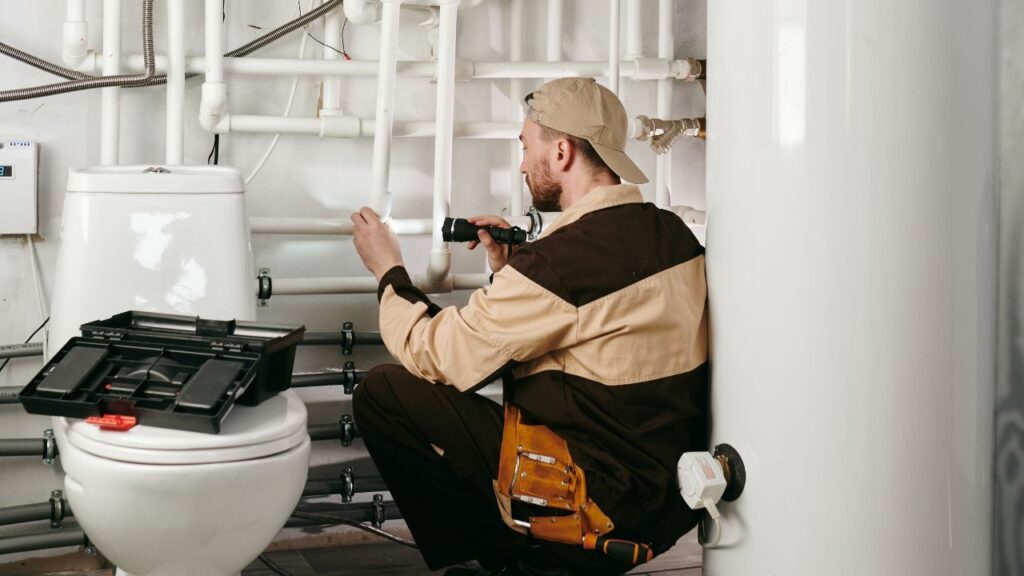
According to Plumbing Perspective Magazine, wrong installations can lead to leaks, burst pipes, or sanitation issues. So, it’s crucial to make sure all fittings meet building regulations.
Time to get your plumbing in check with this must-have checklist.

To ensure that your plumbing system in your construction project runs smoothly and efficiently, you need to have the right essential plumbing fixtures and fittings. You can achieve this with the Essential Plumbing Fixtures Checklist. This section covers the most crucial plumbing fixtures for your project, including Toilets, Sinks, Showers and Bathtubs, Faucets, Water Heaters, Pipes and Fittings, Drains, and Water supply lines.
This plumbing fixture is a must-have for effective waste disposal and hygiene. Here are 6 points to think about:
Dual-flush toilets are great, they let you regulate water volume for solids or liquids. Also, consider the bowl height if you have mobility issues or elderly family.
My pal installed a pricey toilet with all the fancy features, but later regretted it due to its complex installation. Weigh your options, including comfort level, ease of use, functionality, cost-effectiveness & durability, before deciding. Worried about a dripping sink? Don’t be, it’s just preparing for when the apocalypse comes and we have to ration water.
Sink Area Essentials!
The sink area is a key part of any kitchen or bathroom. It’s one of the most used plumbing fixtures and has several components that we need for our day-to-day life.
Have a look at the components of the sink area:
Sink Bowl | Holds water for washing. |
Faucet | Controls water flow and temperature. |
Drain Assembly | Removes wastewater from the sink bowl. |
Spray Hose | Gives flexibility for cleaning. |
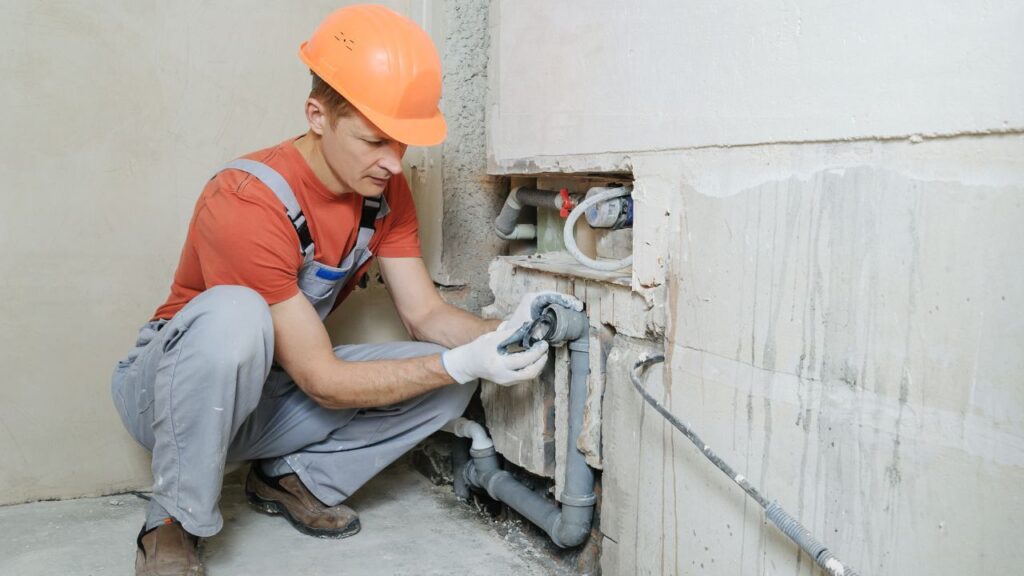
Picking appropriate materials for the sink bowl and faucets can increase durability and improve the looks.
Did you know?
HomeAdvisor surveyed US homeowners and found out that sink replacement was one of the top 3 kitchen upgrades!
Searching for a low-flow showerhead is like looking for a needle in a haystack – except the needle is water and the haystack is your water bill!
When it comes to water fixtures, there are a few considerations. In a wet area, one of the most important pieces is bathing.
A modern bathroom needs a shower or bathtub. A good showerhead with varied functions is essential. Plus, an efficient drainage system is necessary for convenience. Matching style and decor is also important.
Grabbing attention in a bath or shower adds ambiance. You can add lighting above the shower or upgrade the door and glass panels. Also, massage jets and steam generators are great for relaxation.
An old-time plumber faced many problems when installing bathing places. There were not enough flexible pipes that curved without causing cracks or leaks. Large pipes blocked the drains. He created solutions and mastered his craft. He built stylish spaces that also worked well hydro-dynamically.
Finding the right faucet is like finding the perfect partner. You want one that doesn’t leak and adds elegance.
We help contractors find new customers with high-converting websites and locally targeted niche-specific lead-generation programs. You’ll never need to worry about running out of work again! We focus on quality over quantity with our leads for contractors.
Faucets come in many forms: single handle, double handle, and touchless. They can be used in sinks, showers, bathtubs and outdoors. Some have features like aerators to conserve water or pull-out sprayers for added convenience. Materials range from brass to stainless steel or nickel, adding both durability and looks.
Regular maintenance is key for proper functioning and long life.
When selecting your faucet, consider style preference, function needed and budget, plus the availability of spare parts.
Over time, faucets have become more eco-friendly and beautiful. In 1947, Cartridge Faucet Company invented the first commercially successful washerless ceramic disc valve, allowing for better flow control and water saving.
If your water heater could talk, it would say ‘I’m the hottest thing in your home‘ – but don’t actually let it talk, that would be concerning.
Hot Water Systems are essential plumbing fixtures to keep your home or office running smoothly. Here are 4 key points to consider:
For your hot water systems to last, follow the manufacturer’s instructions about usage, cleaning, and maintenance.
Don’t neglect your hot water system. Get regular maintenance services and fix issues quickly.
Keep in mind, buying cheap may save money now, but it’ll cost a plumber later.
Pipes and fittings are a major part of any plumbing system. Here are the important components you must include:
Comply with local regulations and building codes. Choose wisely with material type, diameter size and compatibility in mind.
Regular maintenance checks protect against faulty equipment and costly repairs. Get professional help if needed.
Knowledge of these essential parts can save time and money. Invest in quality pipes and fittings for optimal performance. Unclogging drains is like solving a mystery – you never know what’s down there!
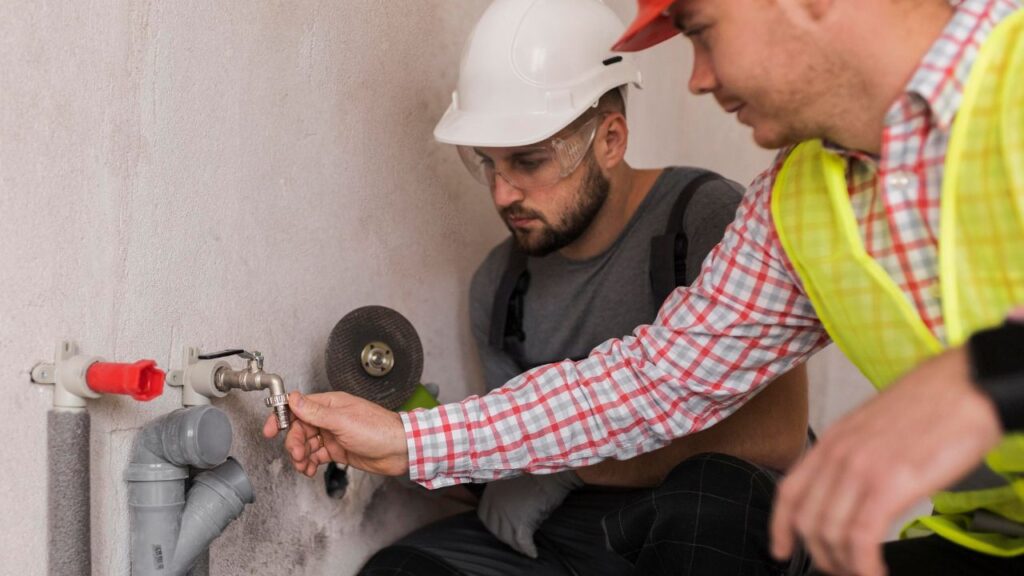
Liquid flowing via underground drainage is a must for buildings. Keeping it running efficiently is key to avoiding blockages and dealing with wastewater. For free movement of water, ‘passageways’ should be factored into your plumbing checklist.
Inspect the pipes for debris and clogs. Look for algae, mould and other contaminants. Install metal strainers to stop hair, soap and hard water deposits from blocking.
Cleaning regularly with natural solutions like vinegar and baking soda is cost-effective and eco-friendly.
Historically, civilizations created complex systems for drainage and sewage disposal in 4000 BCE. Indus Valley Civilization engineers used burned clay pipes called ‘terracotta.’
Water supply lines are the lifeblood of your plumbing system. Without them, fixtures would be dry.
When buying plumbing fixtures, think about the water supply features. These can include pipes, valves, and hoses. It’s essential to pick a strong, corrosion-resistant material or brand. Talking to a professional plumber can help you make wise decisions.
The right water supply is connected with other plumbing elements such as toilets, showers, and faucets. When installed correctly, a smooth flow of clean water can be enjoyed in your home.
A report from Plumbing Manufacturers International says that low-flow showerheads and faucets can reduce household water use by 30%. So, get your pipes in check with this plumbing fittings checklist – no one wants a dribbly shower.

To ensure that your construction project is complete and functional, you need to have the most essential plumbing fixtures and fittings. The ‘Essential Plumbing Fittings Checklist’ with sub-sections including ‘Valves, Connectors, Couplings, Adapters, Nipples and Bushings, Clamps and Brackets, Hoses and Tubing, Pumps’ provides you with all the necessary plumbing equipment to make sure that your project runs smoothly.
Ball and gate valves are great for shutting off main lines or individual lines, while check valves are perfect for keeping out contamination. Material matters when picking a valve; brass and stainless steel are reliable and long-lasting.
Pro Tip: Quarter-turn ball valves are easy to switch on and off, especially for those with limited mobility or arthritis.
Connectors may join water, but they’ll never really be in love.
We have an important part for vital plumbing components called ‘Couplers.’ These couplers join two pipes, so water or gas can flow. Let’s look at details in Paragraphs 2 and 3.
The table shows types of couplers with their purpose and size. The types: PVC Couplings, Copper Couplings, Compression Fittings, Push-to-Connect Fittings.
Type | Function | Size (inches) |
|---|---|---|
PVC Couplings | Joining PVC Pipes | 1/2 inch – 6 inch |
Copper Couplings | Joining Copper Pipes | 1/8 inch – 4 inch |
Compression Fittings | Connecting Different Pipe Types | Varies by size |
Push-to-Connect Fittings | Quick Connect or Disconnect in Temporary Setups | Varies by size |
Compression fittings are important when connecting pipes of different materials, like steel and plastic. Push-to-Connect fittings are used in temporary setups, like testing and cleaning pipes.
Records show couplers were used in the medieval era. Copper pipes joined homes for fluid distribution. Plumbers still use these connectors to fix minor leaks and clogs. Couplings need fittings to join pipes, and that’s where these essential parts come in.
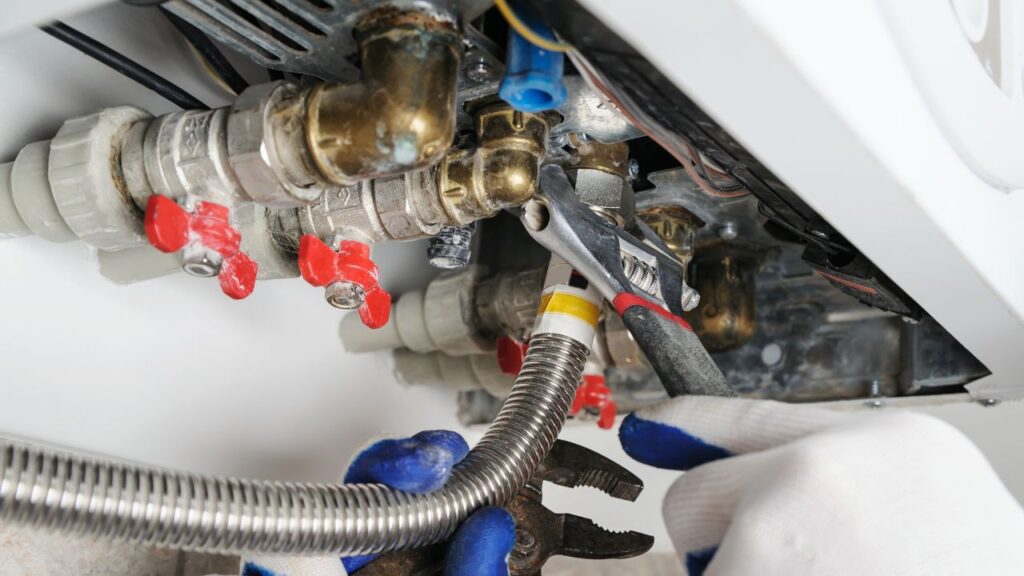
Piecing Together Plumbing
Couplings are a must for connecting plumbing pieces. They come in all shapes and sizes, designed to join pipes or fittings made from similar or different materials. Check out the table below to see what couplings exist and their purpose.
Coupling Type | Material Used | Function |
|---|---|---|
Compression | Brass | Joins pipes without soldering |
Push Fit | Plastic | Quick and simple connection, no tools |
Solder Ring | Copper | Connects pipes through heat |
Flexi Hose | Stainless Steel | For flexible connections |
Plus, there are other types of couplings, like reducing and repair couplings, for special tasks.
When selecting the right coupling for your project, consider the pipe diameter, material used, and water pressure. Make sure to clean both ends of the pipes or fittings before installation, and use the correct size and type of coupling for the job.
Adapt or die – these adapters guarantee a secure connection and a thriving plumbing system.
Discover the transformative power of hiring professional contractors for your project. Unlock a wealth of expertise and experience to ensure success. Get started today and see the difference!
Gather your essential fittings checklist for a plumbing system. Adaptors are very important, as they can join pipes and connect them to hoses and fixtures. This makes it possible for incompatible systems and components to work together.
Below is a table of different types of adaptors:
Type of Adaptor | Description |
|---|---|
PVC Male Adaptor | Connects PVC pipes with female-threaded ends. Creates a seal with male threading. |
Pressure Gauge Adaptor | Connects a pressure gauge to a water line using hose threads or other methods. |
Hose Bib Adaptor | Attaches hoses with a threaded connection to faucet bibs. Allows for better control of water flow. |
Flare Union Adaptor | Joins pipes without threads. Prevents leaks and provides needed rigidity. |
Remember to consider size and material compatibility when selecting an adaptor.
Couplings are another essential fitting for any plumbing system. These connect two pipes together, extending their length and reach.
Don’t forget to include these crucial fittings in your tool kit. Quality fittings prevent last-minute disruptions and unnecessary damage.
Small Connectors and Adapter Parts – essential for reducing or increasing the size of a pipe system. Variations include: nipples, bushings, steel, brass or PVC.
Nipples are short pieces of pipe with male threads on both ends. Bushings have different thread sizes – one end for a pipe; the other end for another fitting.
Below is an example table of specifications:
Fitting | Material | Thread Type | Connection Type |
|---|---|---|---|
Nipple | Brass | Male | Female |
Bushing | Steel | Male & Female | PVC Pipe |
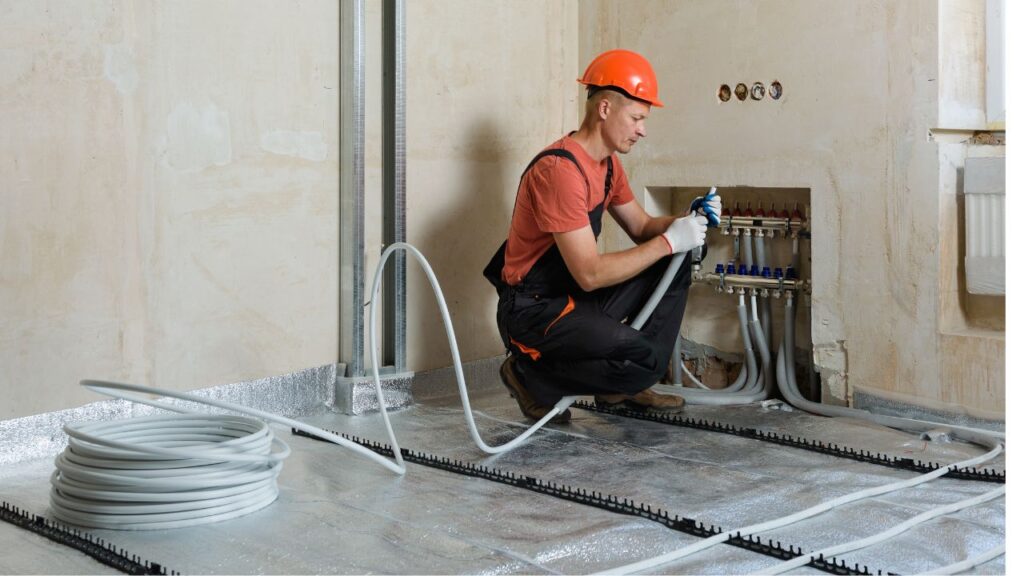
Tighten, but not overly so, with tools like pipe wrenches and plumbers tape. And, use materials that match the pipes being connected – e.g. brass nipples on copper piping can cause corrosion and leakage.
Trust is what holds your plumbing in place.
Essential plumbing fittings? Yes, a checklist is key! Clamps and brackets are must-haves for pipe stability. Tube clamps made from stainless steel, nail plates from galvanized steel, plus pipe brackets from brass or copper – lots of materials to choose from!
Did you know? The EPA reports that in the US alone, 1 trillion gallons of water are lost annually due to household leaks. That’s 40 million swimming pools! Ensure your pipes are in check, or you may find yourself with an unexpected water feature in your home.
Tubing and pipes are essential for a secure plumbing system. Excellent quality hoses guarantee that water moves freely throughout the home.
PVC pipes are great for cold or hot water. Flexible hoses have metal layers to stop leakage. PEX tubing connects fixtures without couplings. Corrugated flex hoses bend in tricky directions. Braided hoses are used for sink connections.
Quick-connectors make parts fit tightly and let them be changed out when needed. Ignoring this can lead to dripping or pipe damage.
87% of hydraulic system failures occur due to defective hose assemblies (source: Parker Hannifin). To avoid a plumbing disaster, check your pumps regularly. No one wants to swim in their basement!
Maximize your plumbing construction business’s potential with our competitive financing options

Type | Description |
|---|---|
Centrifugal Pump | Supplying water to building floors. |
Submersible Pump | For groundwater like wells and boreholes. |
Sewage Pump | Pumping waste water away from your property. |
Before installation, spec your pump. Flow rate, pressure level, horsepower – look at them all.
Interestingly, pumps have a long history. 200 BC in Greece was the first record! The tech has changed, but the core stays the same. But don’t forget basics – water pressure, pipe sizing, budget.
To ensure the success of your construction project, you need to consider other important factors apart from plumbing fixtures and fittings. Control your budget by adhering to the essential plumbing fixtures checklist. Fulfill the building codes and permits requirements as per the project location. In order to protect the environment, you must take into consideration the sustainable plumbing fixtures and fittings available.
When it comes to plumbing fixtures and fittings, there are several financial aspects to consider. Firstly, set a budget for the project. Think of materials and labor costs. Unexpected repairs and limited availability of fixtures might affect the budget. Do research to find cost-effective options that meet quality standards.
Remember, unique financial considerations might come up depending on the project. For example, an older building or an unusual layout can lead to unexpected challenges.
We recently helped a client with a bathroom remodel while they had a tight budget. With research and creative solutions like repurposing materials and fixtures from other parts of the home, we completed a beautiful renovation at a much lower cost.
Building codes and permits can be a legal nightmare when it comes to creative plumbing.
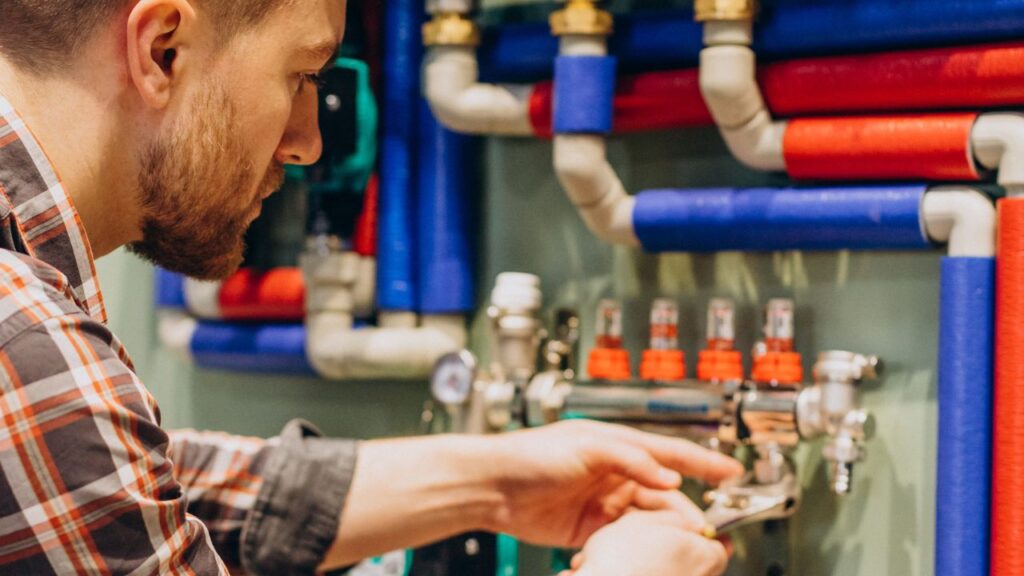
Adhering to building codes and obtaining necessary permits is a must for plumbing projects. Not following these regulations can carry fines or even legal penalties.
To meet code requirements, plumbing fixtures must be: properly sized and installed; made with suitable materials; and accessible. Permits involve submitting plans to local authorities for review and approval.
Zoning/environmental regulations may apply at your location. These might include restrictions on water usage or hazardous material handling.
Pro Tip: Get a licensed professional or local authorities involved before starting any plumbing project. That way, you’ll stay compliant with codes and permits!
When selecting sustainable plumbing fixtures and fittings, there are many factors to consider. This way, you can save on water usage and reduce your ecological impact.
The table below shows some key considerations for sustainable plumbing fixtures and fittings, along with their benefits and drawbacks:
Considerations | Benefits | Drawbacks |
|---|---|---|
Low-Flow Fixtures | Lower water consumption; Lower energy bills | Higher upfront cost; Lower water pressure |
Energy-Efficient Water Heaters | Lower energy bills; On-demand heating | Higher upfront costs; Delays in hot water delivery |
Upcycling Plumbing Fixtures | Reduces waste; Adds unique style; Maintains classic architecture | Installation requires special care |
Affordability, quality, ease of maintenance, durability, design and compatibility should also be considered before making a decision.
Pro Tip: Remember, checking faucets for leaks can save you money and water!

This article provides a comprehensive Plumbing Fixtures and Fittings Checklist for Construction Projects. Items such as faucets, sinks, toilets, showers, baths, vent pipes and drains are included. There is also a handy checklist for easy reference.
It is essential to think of the longevity and sustainability of these fixtures and fittings. Eco-friendly options can help save on water costs in the long run while being beneficial for the environment.
Getting a qualified plumber to install the plumbing system is essential. If this step is neglected, costly repairs may be needed.
For unique plumbing requirements, it is wise to consult a professional plumber.
Not paying attention to plumbing systems can lead to catastrophic results – for example, the Titanic sank due to faulty valves in 1912. Therefore, proper care and consideration should always be taken for plumbing fixtures and fittings for any construction project.
Some of the essential plumbing fixtures and fittings in a construction project include sinks, toilets, faucets, showers, bathtubs, pipes, valves, water heaters, and garbage disposals.
Good water pressure can be ensured by installing a pressure-reducing valve (PRV) near the water main entrance, using pipes with proper diameter and ensuring that the water supply is not obstructed or restricted in any way.
Water leaks can be prevented by using high-quality pipes and joints, regular inspection and maintenance of plumbing fixtures, and ensuring that installation is done by a licensed and experienced plumber.
The benefits of installing a tankless water heater include energy savings, endless hot water supply, longer lifespan, and space-saving design.
Plumbing fixtures should be cleaned at least once every three months to prevent the accumulation of dirt and bacteria. However, this may vary depending on how frequently they are used and how hard the water is in your area.
Unless you have experience in plumbing installation and are confident in your skills, it is recommended to hire a licensed and experienced plumber for the installation of plumbing fixtures to ensure proper installation and avoid potential problems in the future.
Here I am going to share some steps to get your plumbing construction cost estimate report.
You can send us your plan on info@estimatorflorida.com
Before starting your project, we send you a quote for your service. That quote will have detailed information about your project. Here you will get information about the size, difficulty, complexity and bid date when determining pricing.
We do plumbing construction cost estimating and prepare a detailed report for your project. At last, you finalize the report and finish the project.
561-530-2845
info@estimatorflorida.com
Address
5245 Wiles Rd Apt 3-102 St. Pete Beach, FL 33073 United States
561-530-2845
info@estimatorflorida.com
Address
5245 Wiles Rd Apt 3-102 St. Pete Beach, FL 33073 United States
All copyright © Reserved | Designed By V Marketing Media | Disclaimer
IMPORTANT: Make sure the email and cell phone number you enter are correct. We will email and text you a link to get started.
By clicking “I Agree” above you give Estimate Florida Consultin express written consent to deliver or cause to be delivered calls and messages to you by email, telephone, pre-recorded message, autodialer, and text. Message and data rates may apply. You are able to opt-out at any time. You can text STOP to cancel future text messages.